If you are among the readers of our magazine, we probably don't need to remind you that the Apple Keynote took place at the beginning of this week, the third in a row this year. We saw the presentation of the new color versions of the HomePod mini, together with the third generation of the popular AirPods headphones. However, the highlight of the evening was of course the expected MacBook Pros. These came in two variants – 14″ and 16″. We saw a complete design overhaul and changes also took place in the guts, as Apple equipped these machines with brand new professional Apple Silicon chips labeled M1 Pro or M1 Max. In addition, the new MacBook Pro finally also offers proper connectivity and, last but not least, a redesigned display.
It could be interest you
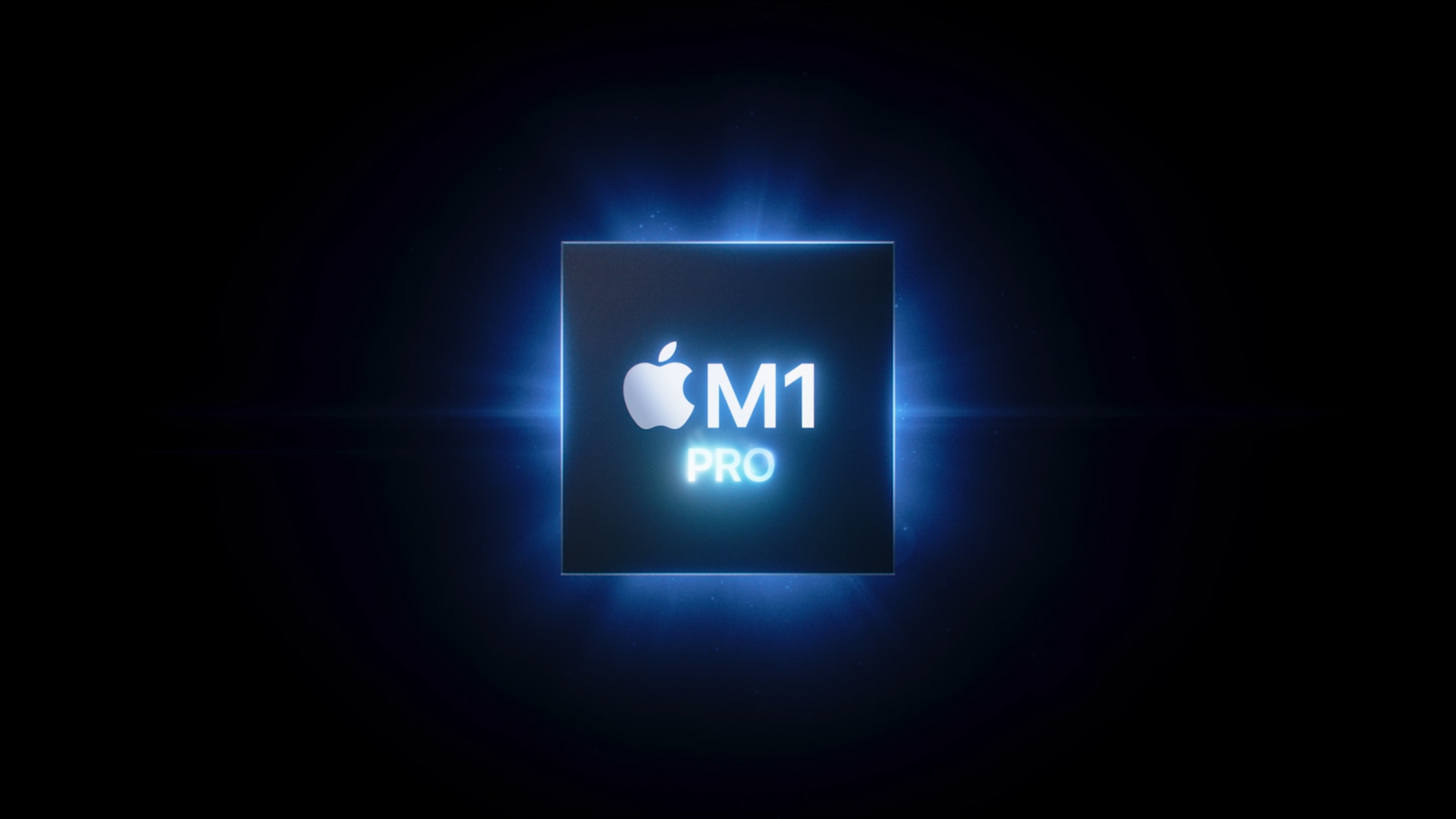
If you would like to find out how the new M1 Pro and M1 Max chips compare to the competition, or how the new MacBook Pros themselves are doing as a whole, then just read one of the relevant articles. We have prepared a lot of them for you, so you will learn practically everything you need. In this article, and thus the comments, I would like to focus on the display of the new MacBook Pro. As for the frames around the display, they were reduced by up to 60% compared to the frames on previous models. The display as such has received the designation Liquid Retina XDR and uses backlighting using mini-LED technology, thanks to which it offers a maximum brightness across the entire screen of up to 1000 nits, with a peak brightness of 1600 nits. The resolution has also been improved, which is 14 × 3024 pixels for the 1964″ model and 16 × 3456 pixels for the 2234″ model.
Due to the new display and reduced bezels, it was necessary for Apple to come up with the old familiar cut-out for the new MacBook Pros, which has been a part of every new iPhone for the fourth year now. I confess that when the new MacBook Pro was introduced, I didn't even think of pausing over the cutout in any way. I take it as a kind of design element that somehow belongs to Apple devices, and personally, I also think that it simply looks good. At least much better than, for example, a hole or a small cutout in the form of a drop. So when I first saw the cutout, words of praise were on my tongue rather than words of criticism and disgust. However, it turns out that other Apple fans don't see it the same way as I do, and once again the cutout has come in for huge criticism.

So in the last few days, I've been experiencing a kind of déjà vu, as if I've been in a similar situation before - and it's true. We all found ourselves in exactly the same situation four years ago, in 2017, when Apple introduced the revolutionary iPhone X. It was this iPhone that determined how Apple phones would look in the years to come. You could easily recognize the new iPhone X mainly due to the absence of Touch ID, narrow frames and a cut-out in the upper part of the screen - it is exactly the same until now. The truth is that users complained a lot about the skin in the first few weeks, and criticism appeared in forums, articles, discussions and everywhere else. But in a short time, most of the individuals got over this criticism and in the end they said to themselves that the cutout is actually not bad at all. Gradually, people stopped bothering that it was a cutout and not a hole or a drop. The cut-out gradually became a design element and other technological giants even tried to copy it, but of course they did not get much success.
The notch that can be seen on the new MacBook Pros is, in my opinion, exactly the same as on the iPhone X and later. I kind of hoped that people would be able to get through it without any problems, when they are already used to it from apple phones, when the cutout is already a kind of family member. But as I mentioned above, this did not happen and people are criticizing the cutout. And you know what? Now I will predict the future for you. So, at the moment, the fans of the apple company do not like the cutout and have nightmares about it. Believe me, however, that in a few weeks the same "process" as in the case of iPhone cutouts will begin to repeat itself. Criticism of the cutout will gradually begin to evaporate and when we accept it as a member of the family again, some laptop manufacturer will appear that will bring a similar, or even exactly the same cutout. In this case, people will no longer criticize it, as they are used to it from Apple's MacBook Pro. So does anyone still want to tell me that Apple doesn't set the direction?
It could be interest you

However, so that I don't just spit on apple fans, there is one small detail that I understand. In terms of appearance, you'd be hard-pressed to find the difference between the cutout on the iPhone and the MacBook Pro. But if you were to look under this cut-out of the iPhone, you would find out that the Face ID technology, which replaced Touch ID, is located inside, and which is used to authenticate the user using a 3D facial scan. When Apple introduced the new MacBook Pros, the thought that we got Face ID in MacBook Pros popped into my head. So this idea was not true, but honestly it just doesn't bother me at all, although for some users such a fact can be a little confusing. For MacBook Pros, we continue to authenticate using Touch ID, which is located in the upper right part of the keyboard.
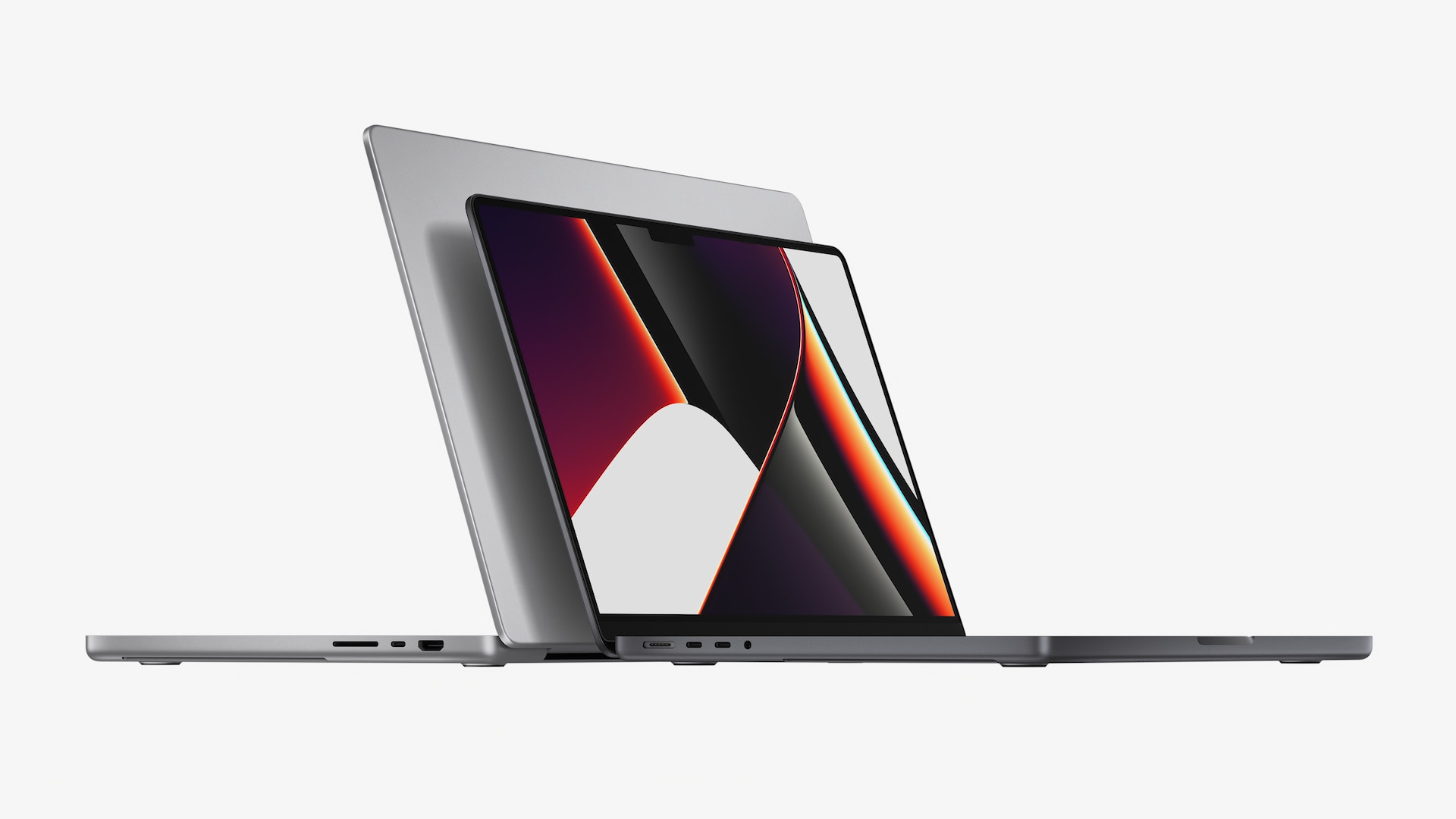
Under the cutout on the MacBook Pro, there is only a front-facing FaceTime camera with a resolution of 1080p, and next to it there is an LED that can inform you whether the camera is active. Yes, of course Apple could have completely shrunk the viewport to just the right size. However, this would no longer be a legendary cutout, but a shot or a drop. Again, I note that the cut-out must be taken as a design element, as something that is simply and simply iconic for most popular Apple products. In addition, even if Apple has not yet come with Face ID for MacBook Pro, it is not written anywhere that it is not preparing for the arrival of this technology in portable apple computers. So it is possible that the Californian giant came up with the cutout ahead of time so that it could be equipped with Face ID technology in the future. Alternatively, it is possible that Apple wanted to come up with Face ID already and therefore bet on the cut-out, but in the end his plans changed. I am confident that we will eventually see Face ID on MacBooks - but the question remains when. What do you think of the cutout on the new MacBook Pros?
- Newly introduced Apple products can be purchased, for example, at Alge, Mobile Emergency or u iStores
It could be interest you
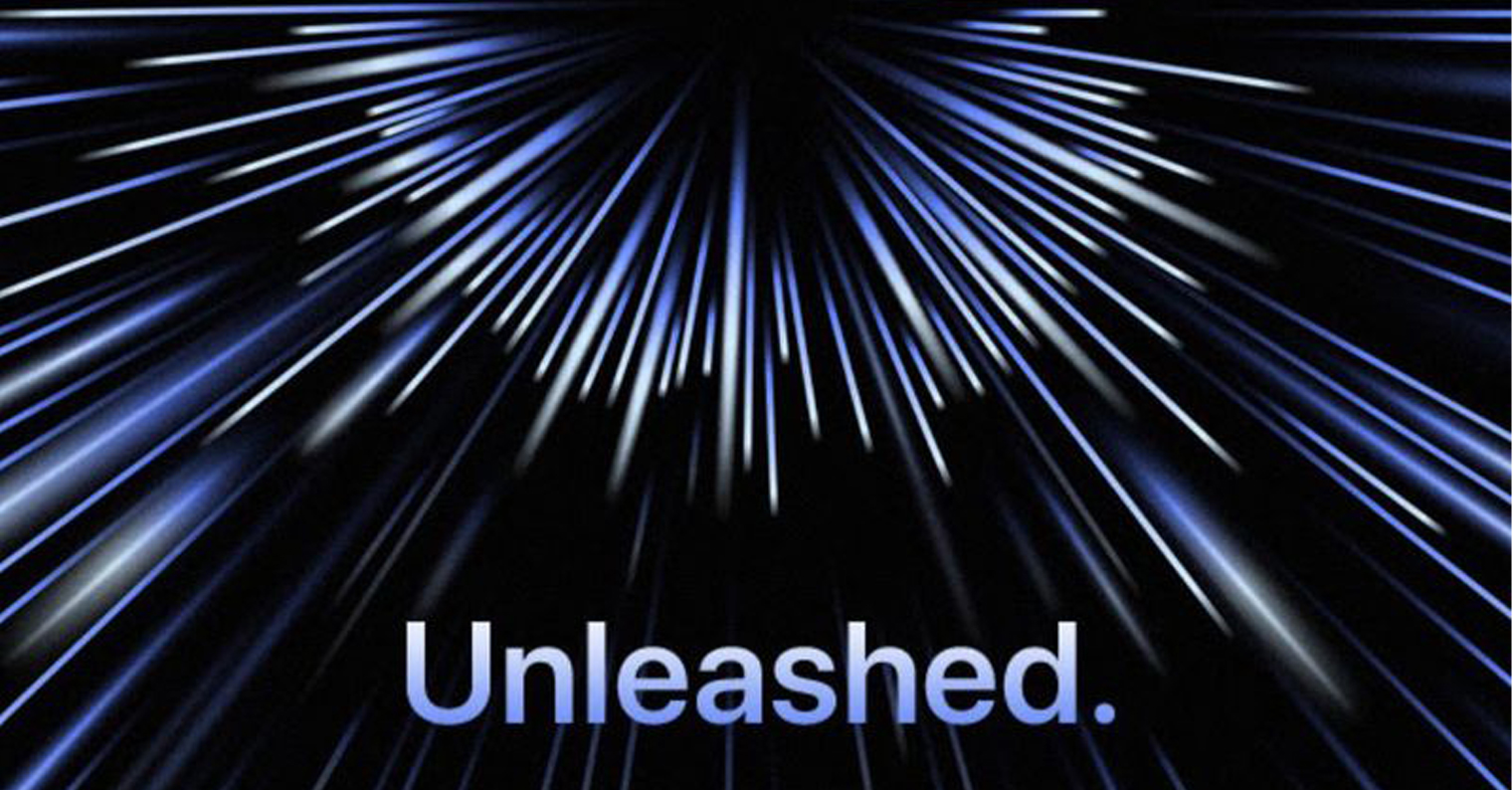


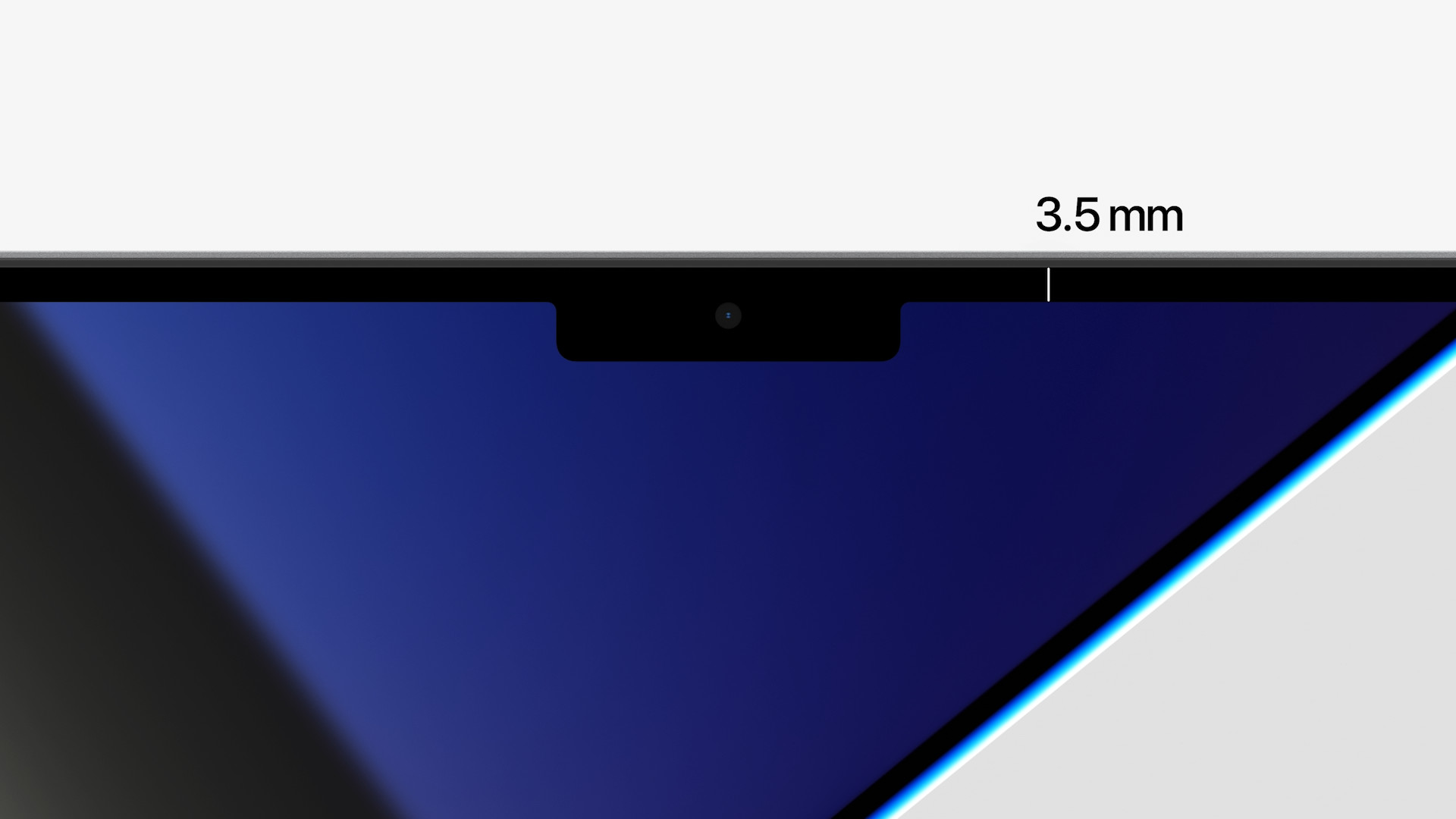
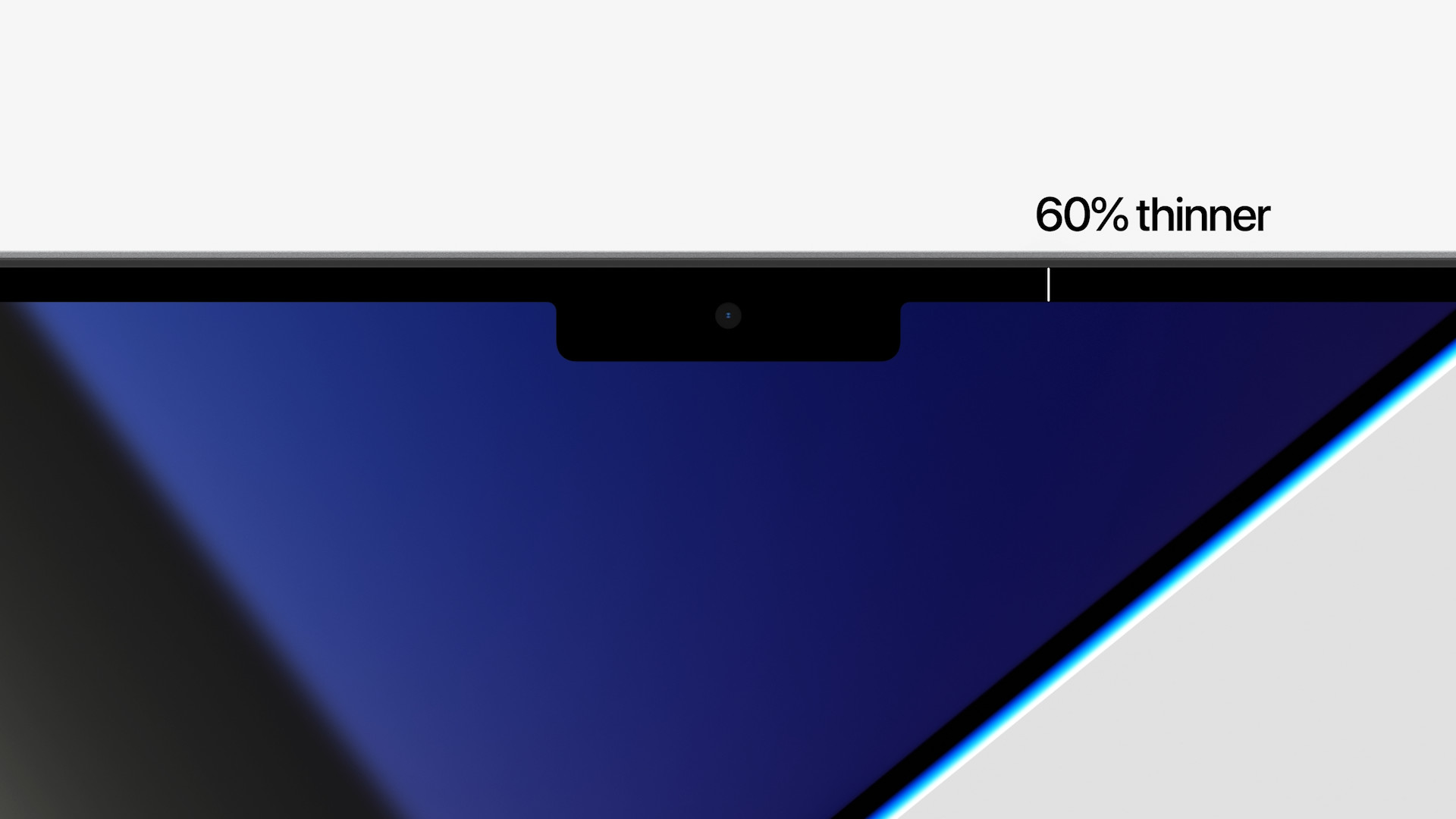
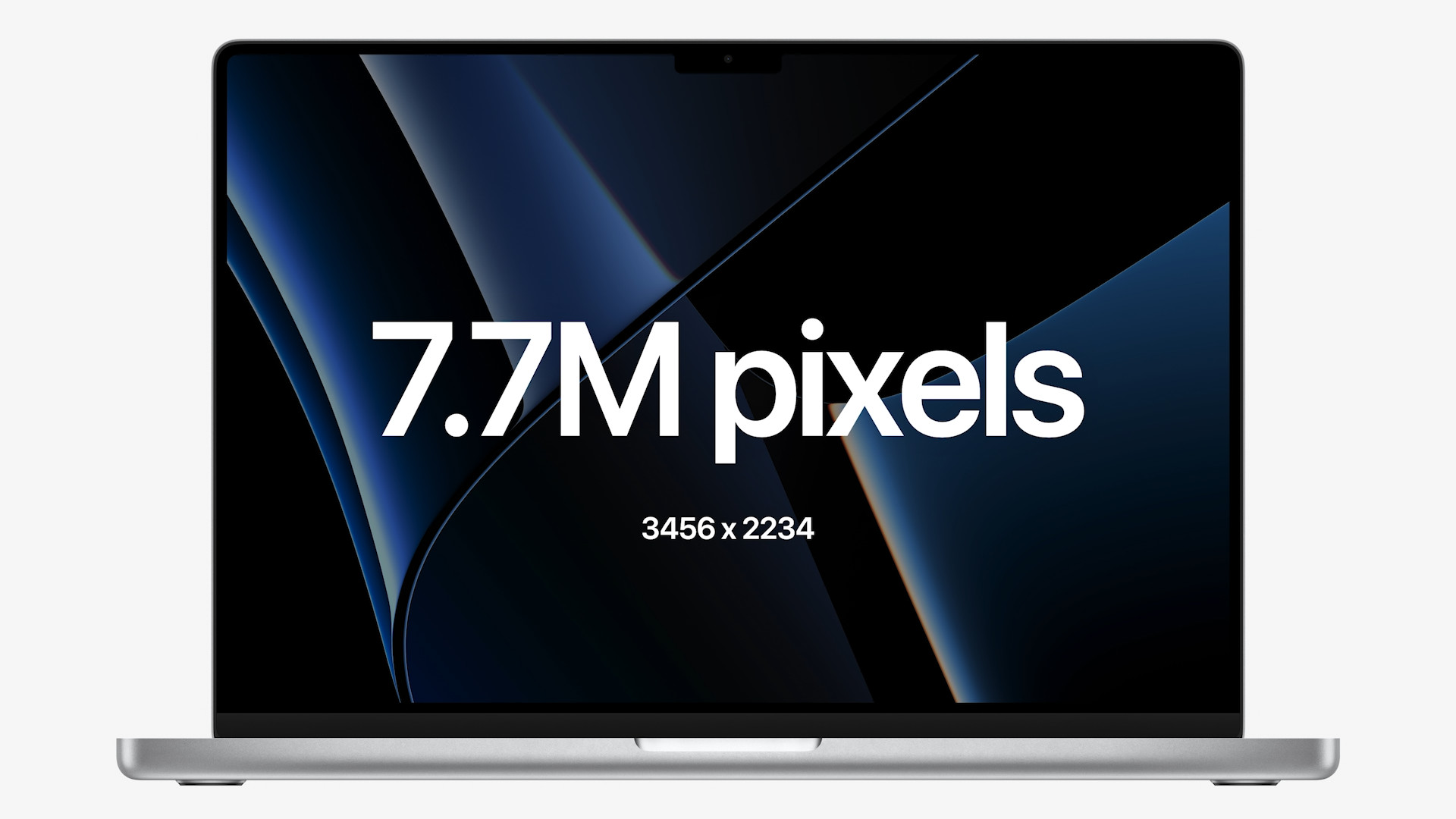
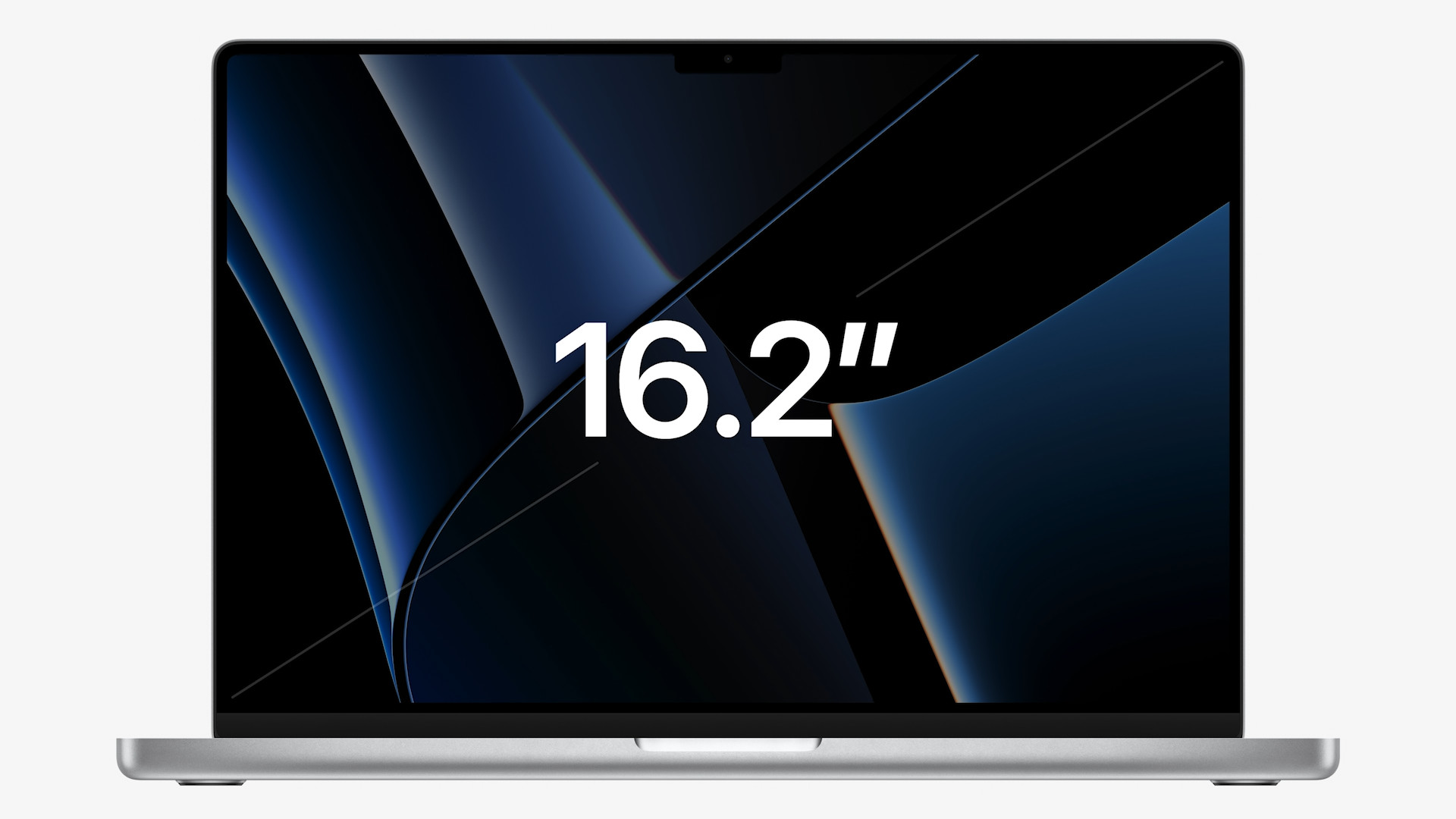
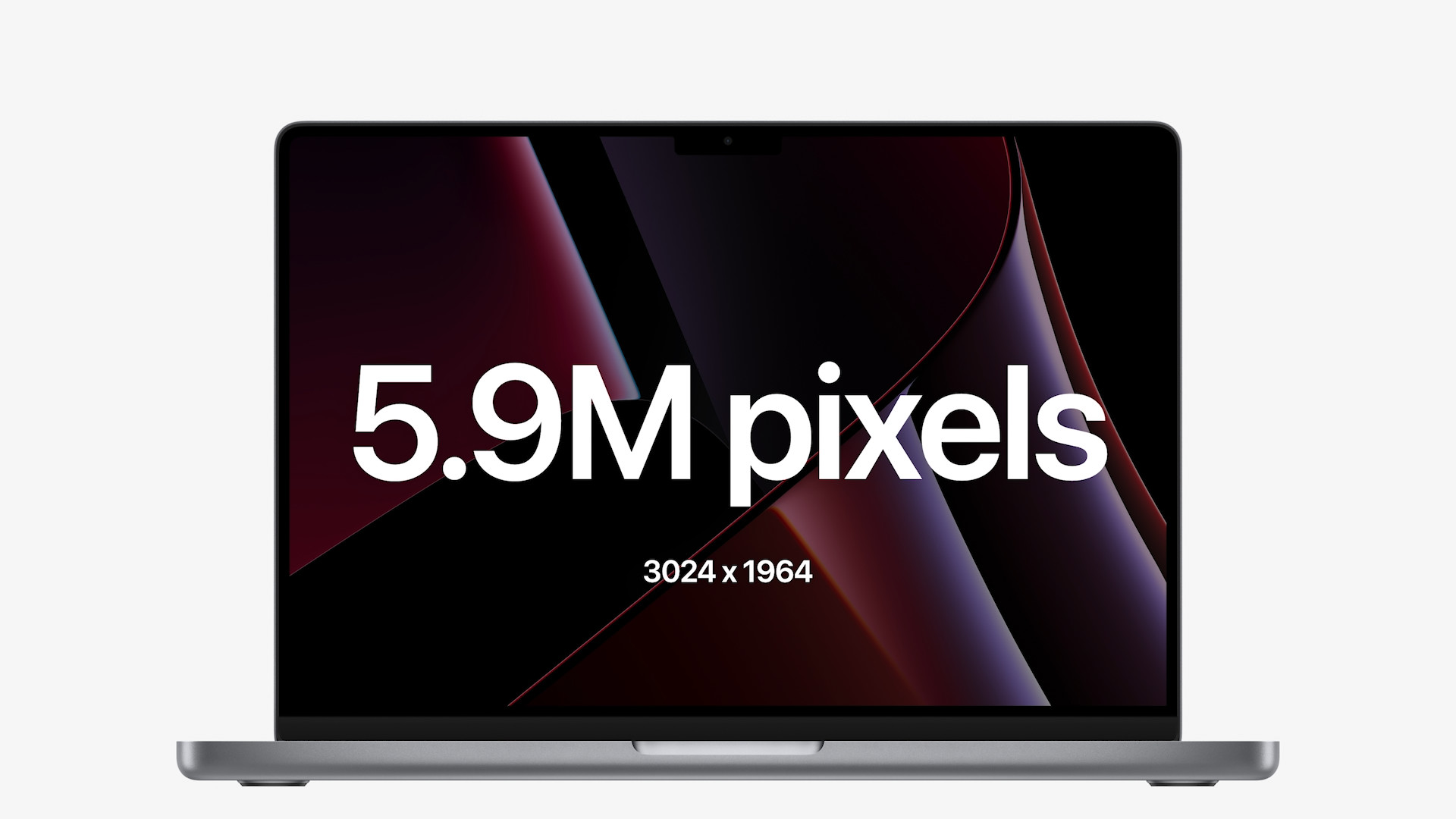

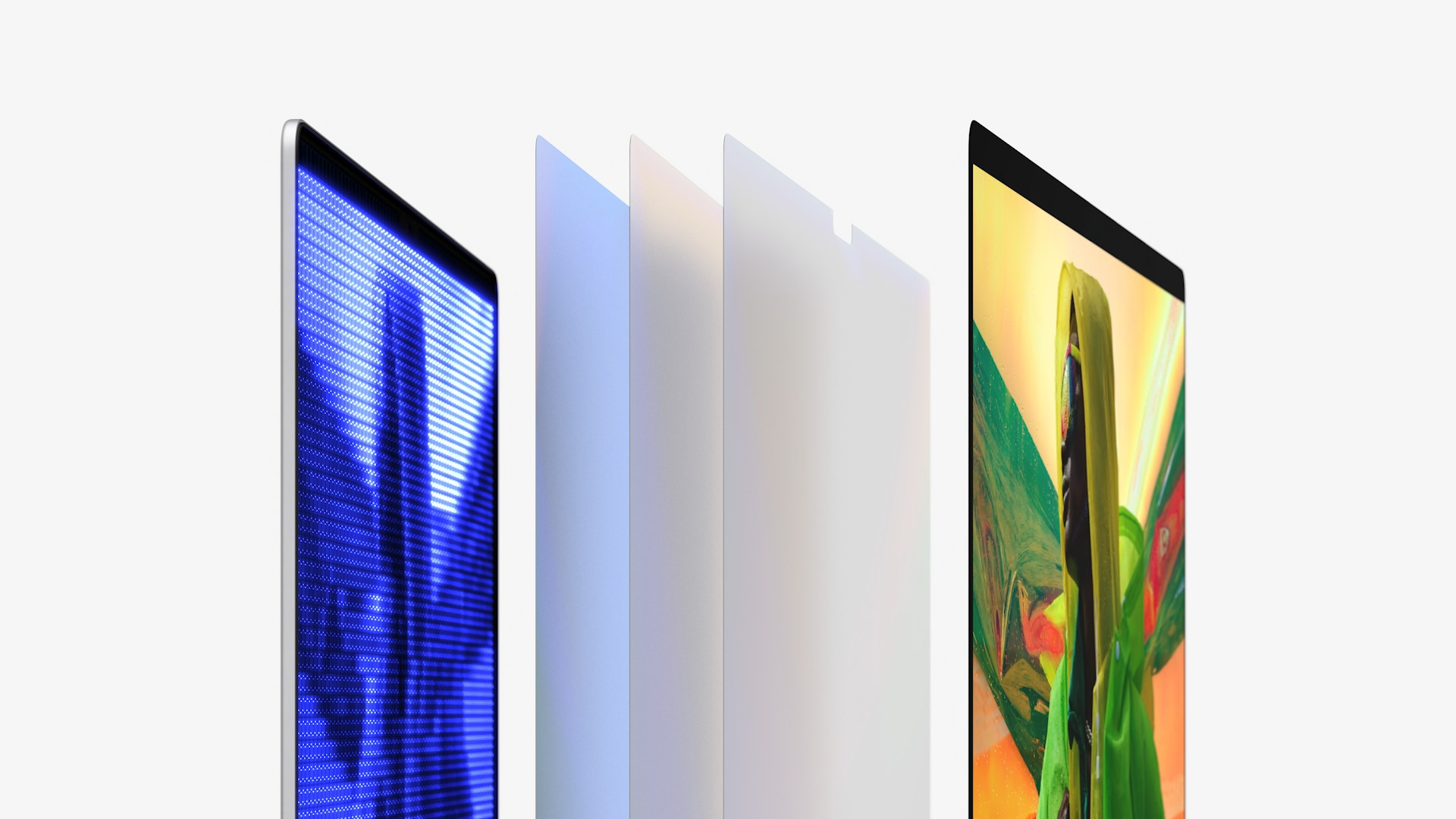

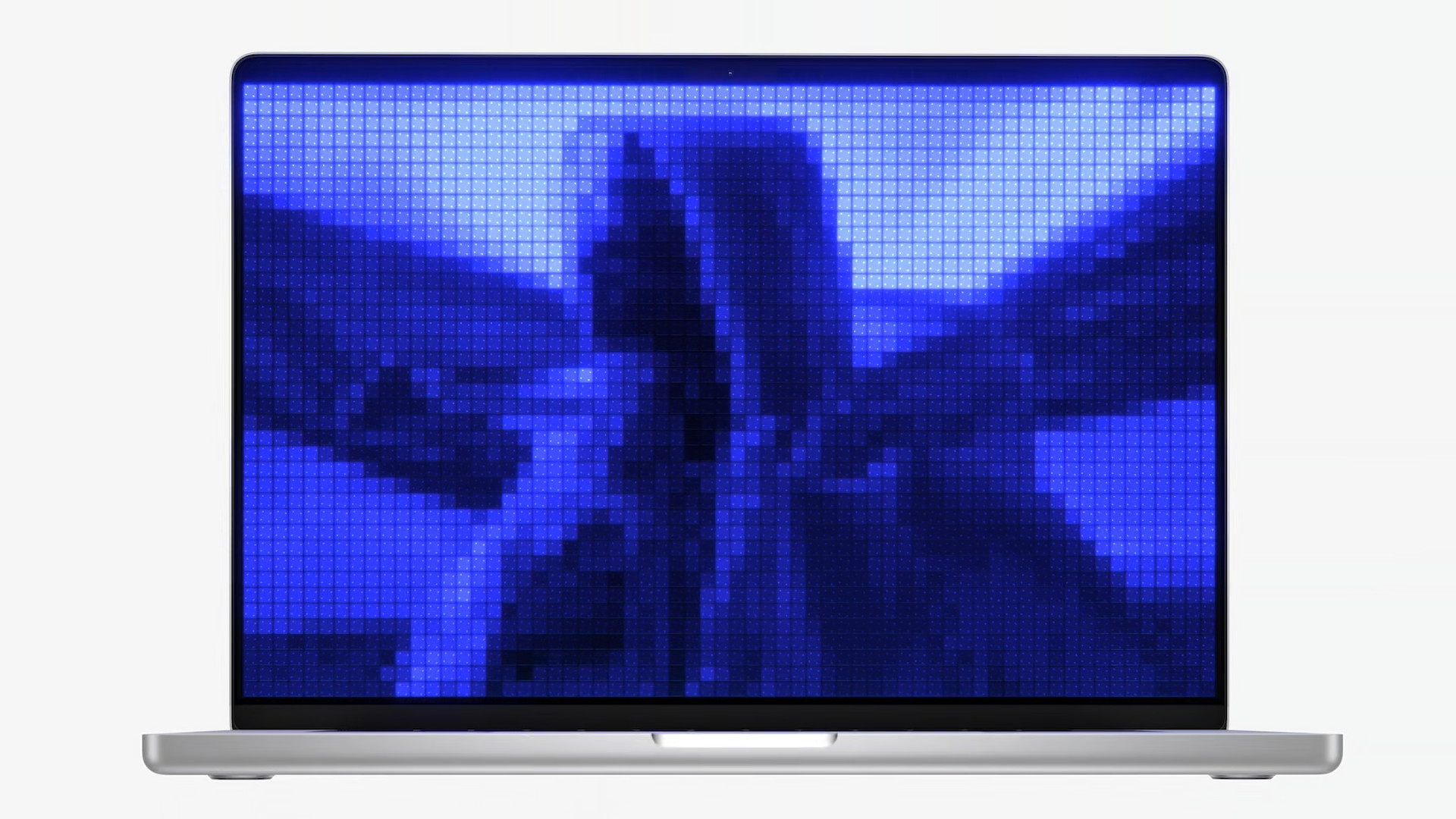
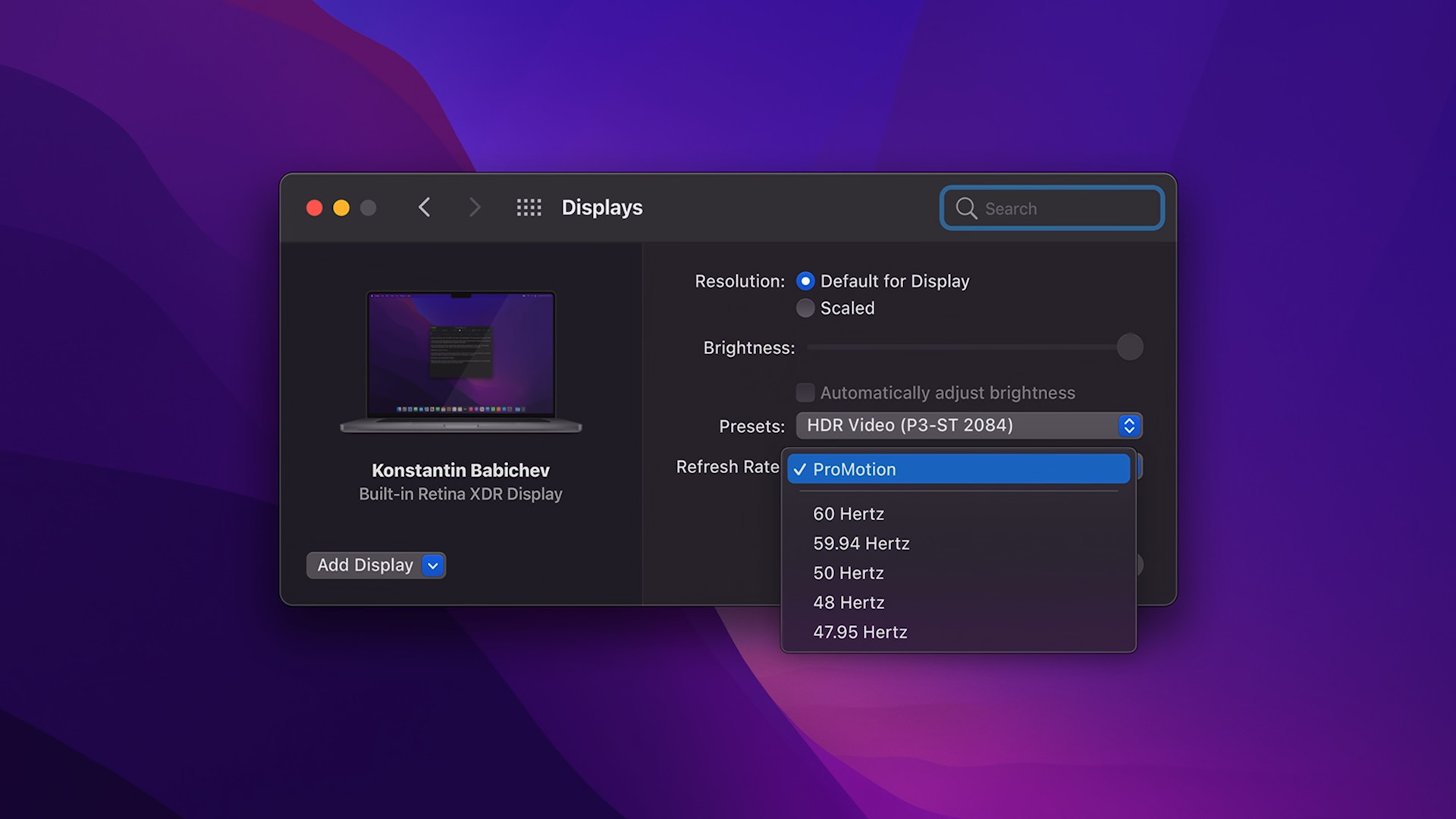






 Flying around the world with Apple
Flying around the world with Apple
On the contrary, I find the cutout very tasteful because it is at the level of the upper leaf that we are used to
For me, after 10 years, this is a small consideration whether I upgrade from the MacBook Pro Unibody, which you remember after the upgrade, the SSD 2TB is completely sufficient for working with fullhd video, organizing photos and especially DTP..
The cut-out for me is not something that would discourage me, or that I would perceive and criticize negatively
I think it's fine. It doesn't matter, the thin bezels are great. This is a modern and nice thing - unlike an SD card reader. That's the real comedy.
Shit, I'm sorry. Cut-outs, holes and similar abominations simply do not belong on screens.
I don't mind the cutout. Personally, I think there should have been FaceID, but simply nowadays, when it's a problem to make something extra, if you don't have a pre-contracted line for it, they probably didn't succeed. In theory, they could recycle FaceID from unsold iPhones, but they would surely figure it out and people would throw it in their faces again.
I'm more annoyed by the HDMI. Not that they put it there, that's cool, I'll even use it. But why 2.0 the hell. If the laptop already has a 4K 120Hz display, why didn't they put HDMI 2.1 there? Of course, it can be solved with a DisplayPort, but of course, televisions don't have that, so they didn't have to put it there at all.